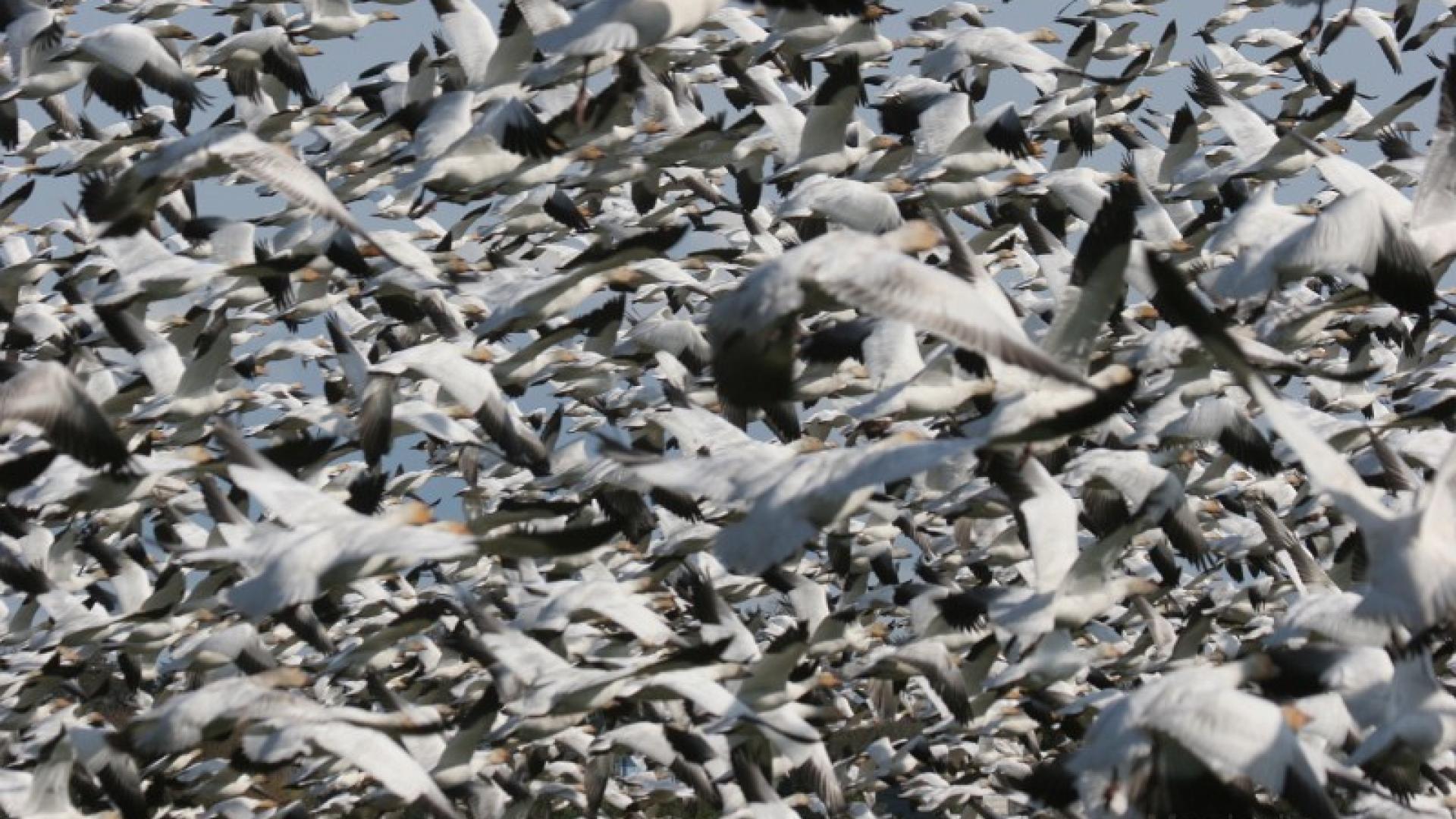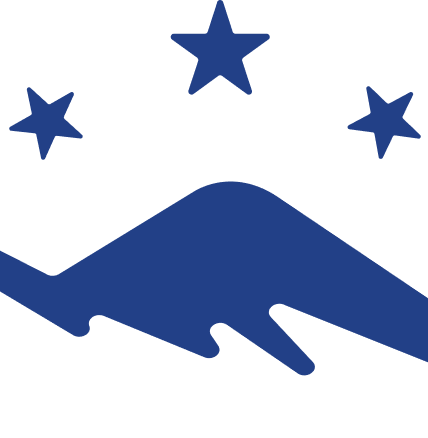A holiday tradition
During this time of year of lights, shopping, travels and celebrations, birders add an additional item to their busy calendars: Christmas bird counts. The counts began this past Saturday with counts in Plattsburgh and Ferrisburgh, Vermont (this count includes the Westport area). While my busy schedule precluded me from helping with those, the following day was marked by the Vermont Islands Count, a count which includes the Point Au Roche area on the New York side of the lake.
My friend and I drove up with fresh snow on the ground, which gave the landscape a look of winter and Christmas — something it has been lacking of late — and the blue of a winter sky began to poke through the ceiling of clouds as we went, eventually opening up to a sunny day.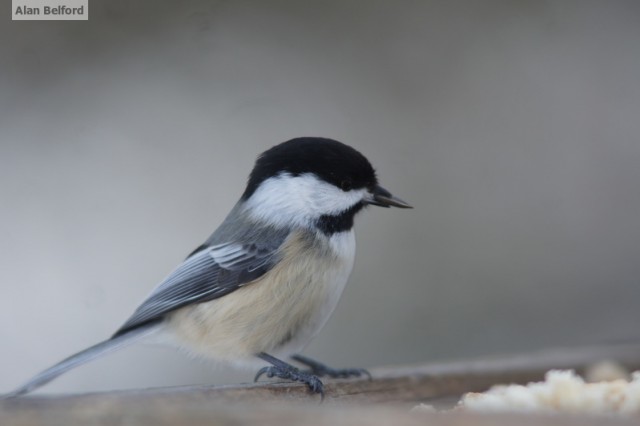
Some good birds at Point Au Roche State Park
We began at Point Au Roche State Park, where we scanned the lake from the beach before walking to the Treadwell Bay overlook. As we walked a clamor of flapping, honking and splashing greeted us as thousands of snow geese flew up from the unseen bay, wheeled overhead in the sky and settled back down on the water, just in view around the end of the point. When we reached the viewpoint the geese were nervously honking, but they began streaming back toward the beach below us. This made it easier to get a count on their numbers, which we estimated to be about 4,500 birds. More importantly, it allowed us to pick through them for uncommon species and fairly soon after arriving I found a Ross’s goose with the snows. That’s a good bird to add to the count list.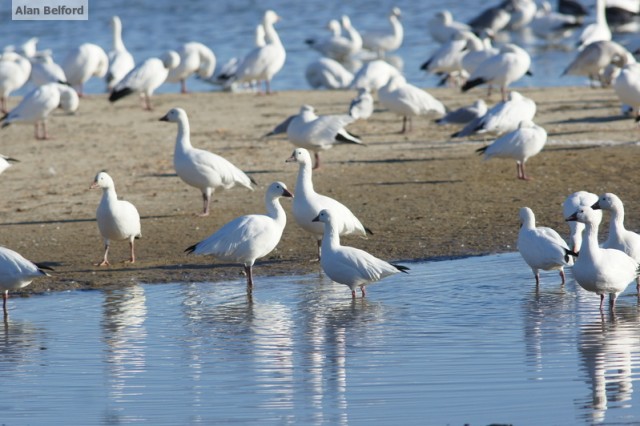
There were also a few hundred Canada geese in the bay below us and we counted them as well, and we checked them for odd species but found none. A few hundred Canada geese were resting outside the count area ,so we left them untallied and added in a few mallards that were also mixed with the flock. More interesting than these was a lone green-winged teal — dwarfed by the geese — and a line of about 75 common goldeneye, which flew in on the open lake.
We left the lake and began working through the forests and edge habitats of the park in search of songbirds, remembering that even common species are important to note during a count. And so we added species like purple finch, dark-eyed junco, white-breasted nuthatch, downy and hairy woodpeckers, northern cardinal, cedar waxwing and American robin. The last two species occur inconsistently in the valley during winter and were perhaps present due to the warm weather of late. We also explored the many conifers and cedars in the park in hopes of finding a roosting owl. I whistled for an eastern screech owl hoping to agitate the songbirds and perhaps convince an owl to respond. This second goal proved unsuccessful, but the songbirds chattered noisily at my phony owl, allowing us to count them more easily.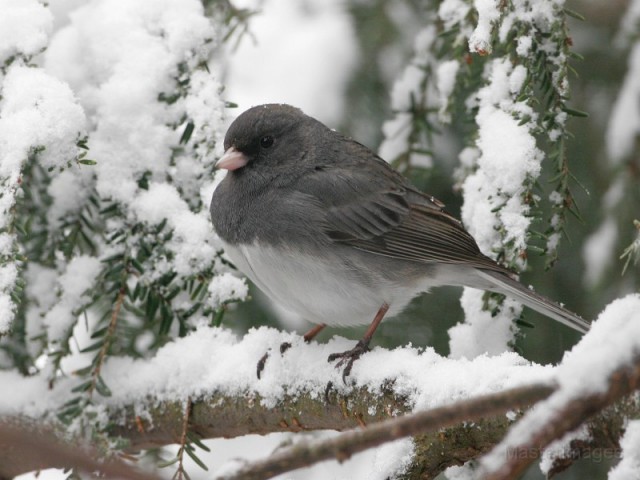
We were met with similar results when we explored the park entrance to Long Point, where we added a lingering song sparrow to our tally. Then we were off to drive the roads around Point Au Roche, stopping at the public boat launch. Duck numbers were low everywhere we went. With no cold weather to force them south, many are still likely north of us, and those that are in the valley are not pushed into easy view by an advancing ice edge.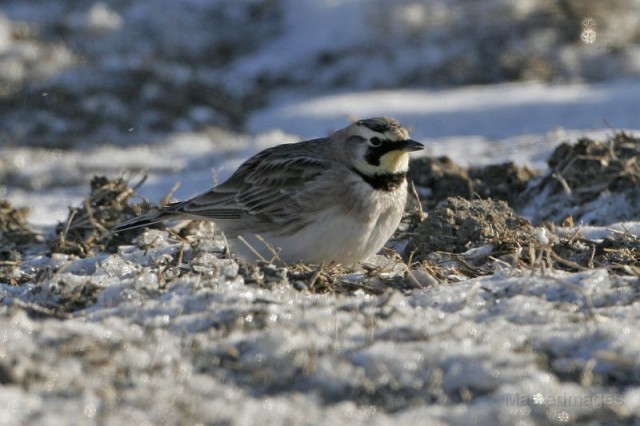
A spectacular avian display
We drove north through the fields along Lake Shore Road, adding a few red-tailed hawks to our day, eventually winding our way toward Trombley Bay in the late afternoon. We could see whirling flocks of snow geese against the sky ahead — flecks of white against the blue sky and gray clouds — and we put off estimating their numbers until we got closer to get a firmer count. But getting a firm count was a vain hope.
As we approached the geese we soon realized that there were even more of them than we originally thought. Geese were landing in fields just off the road, taking off to spin in great flocks in the sky, and landing again on the water with an enormous splashing commotion, from which they started the cycle all over again! When we finally got a view of Trombley Bay, thousands upon thousands of geese were strewn across it, even though many were leaving the water to feed in the fields for the night. We scoped through them for Ross’s goose but couldn’t find one. With the flocks in constant motion it was impossible to systematically search through them, and many of the birds could not be seen well, either because they were too distant or because about a thousand of their comrades were blocking our view!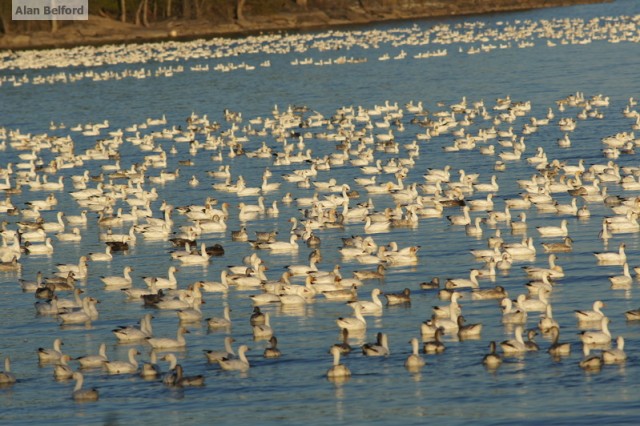
Despite being unable to find a few Ross’s geese, which I was sure were there, the spectacle was unbelievable to witness. I scanned the closest flocks at Gilbert Brook Marina while layer upon layer of birds circled and turned above in long skeins which appeared as if they might collide from my vantage point on the ground. Twisting line after twisting line glided past one another in a chaotic, yet somehow strangely rehearsed, choreography — far better than any I have ever seen on any human stage. A helicopter flew fairly low along the lakeshore, sending up thousands of birds from the water as I peered through my scope. The resulting cacophony of sound and flapping hit me with a wall of wind that swept across the ground and through the trees. I looked up to take in the extravaganza, watching a vortex of snow geese swirl overhead as if it might suck me into another dimension. As we stood in the sensational scene we made a conservative estimate of 80,000 snow geese in the gyrating flock. There may have been 100,000 birds up there!
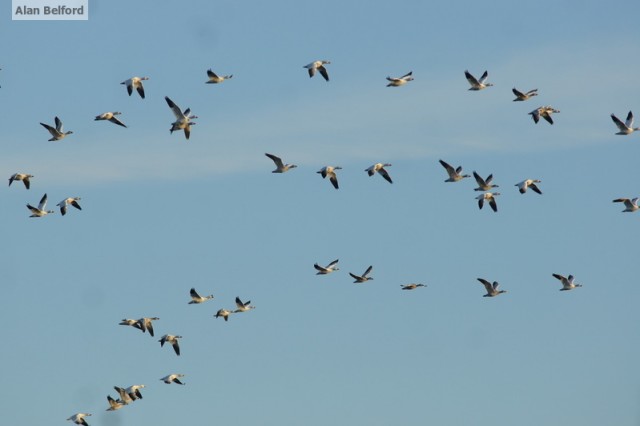
Our minds numb and overwhelmed with snow geese, we moved on and tried a few more places in the late afternoon and early evening for owls. Failing to get any to respond, we headed home accompanied by a conversation that kept returning to the spectacle of the geese.
Winter is just beginning and the Champlain Valley can be excellent for waterfowl, even after the weather pushes the snow geese south. Plan your trip by checking out our dining, lodging, and birding sites.

